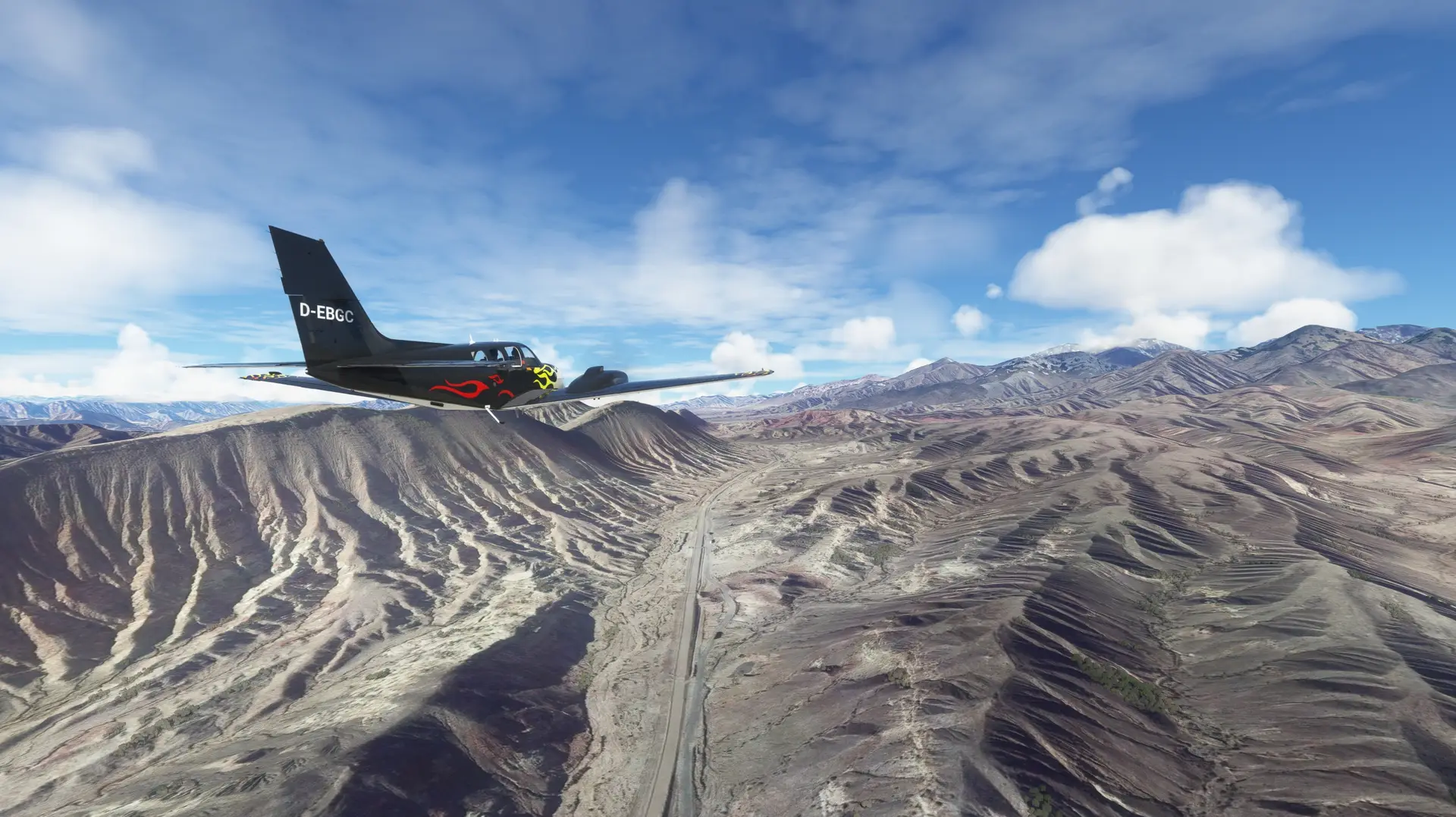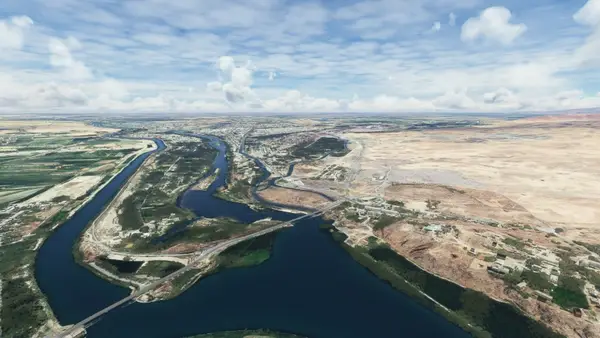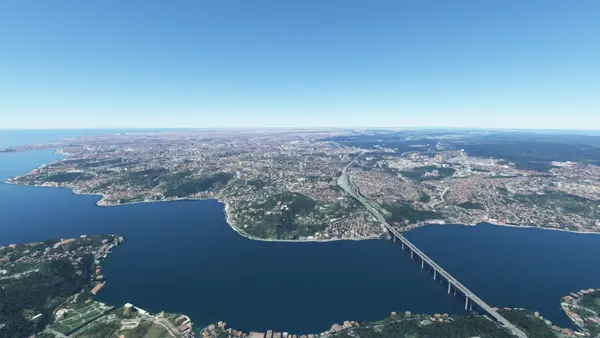- USD 11.99
- -54%
- USD 11.99
- USD 5.49
- Sale Ends: January 7 2026 6:00 PM +00:00
- View more offers at FS Addon Compare
- Added: April 6, 2023
- Updated: December 26, 2025
The Ancient Silk Road
The ancient Silk Road was a network of Eurasian trade routes active from the second century BC to the mid-15th century AD. The main route was spanning over 4000 miles, it played a central role in facilitating economic, cultural, political, and religious interactions between the East and West. Overall, it is a network of trade routes - or at that time, caravan routes - on which not only trade goods but also knowledge was exchanged. Not only merchants, scholars and armies used its network, but also ideas, religions and entire cultural circles merged and spread on the routes from east to west and vice versa.The Silk Road was anything but a route dictated by nature. Running from the Mediterranean to China through arid lands and deserts, it is one of the most inhospitable routes on earth, running through scorched, waterless land and connecting one oasis to the next. Mesopotamia, the Iranian Highlands, and the lowlands of Turan lie along the way. Once you have reached the Tarim Basin with the Taklamakan Desert, you are surrounded by the highest mountain ranges on earth: the Tian Shan rises in the north, the Pamir in the west, the Karakorum in the southwest and the Kunlun in the south. Only a few icy passes, which with their deep gorges and 5000 meters of altitude to overcome are among the most difficult in the world, lead through the mountains.
Main Route
The core of the Silk Road, sometimes called the Middle Silk Road, stretches from the East Iranian plateau and the city of Merw in the west to the Gobi Desert and the city of Dunhuang in the east. It connects three of the most important Asian cultural areas: Iran, India and China. The country is characterized by deserts with ancient oasis cities, the Kazakh steppe in the west and the Mongolian steppe in the east, and high mountains.Eastern Silk Road
The Eastern Silk Road joins the Middle Silk Road to the east and leads to the important cities of China. It led from Dunhuang east via Anxi (today Guazhou) through the Gansu or Hexi Corridor via Jiayuguan (up to here the Great Wall was built to protect the trade route), Zhangye and Wuwei to Lanzhou.Western Silk Road
The Western Silk Road, also called the Great Khorasan Road, connects westward to the Middle Silk Road and leads to the port cities on the Mediterranean Sea. It led from Merw via Tūs (Mashhad), Nishapur, Hekatompylos (later Dāmghān), Rhagae (later Shahr-e Rey), Ekbatana (later Hamadan) and Babylon (later Baghdad) to Palmyra. From there it went northwest via Aleppo to Antioch on the Orontes (today Antakya) and Tyros to Constantinople (today Istanbul).Your Journey
With the subsequent western and eastern extensions of the ancient Silk Road to the Mediterranean region and the eastern provinces of China, more than 6500 nautical miles and over 50 hours of flight time await you on this journey.Learn on this bush trip how the trade caravans traveled through the endless deserts, deep valleys and high mountain passes. You will get historical, cultural and also current information about the Silk Road, the trading points and cities.
Experience here a journey from the Middle Kingdom, along the Great Wall, through the Taklamakan Desert, over the Pamir Mountains and through less traveled countries, such as Tajikistan, Uzbekistan or Turkmenistan, to the Bosporus and finally to Rome and Venice.
The available aircrafts are the Beachcraft Baron G58 and the Cessna Grand Caravan (For the Beach Baron G58 you need the Deluxe or Premium Deluxe Edition of MSFS). Both planes allow you to move quickly over the desert areas, climb the high altitudes in the Pamir Mountains and offer enough agility to fly through the valleys at low altitudes. Flight manuals in many languages are available for download. The download link will appear on this page after purchase.
Have a pleasant flight with many discoveries and always happy landings.























